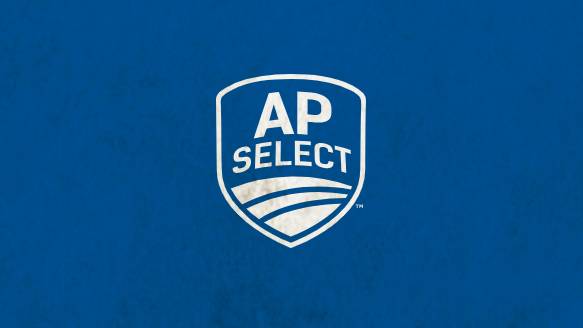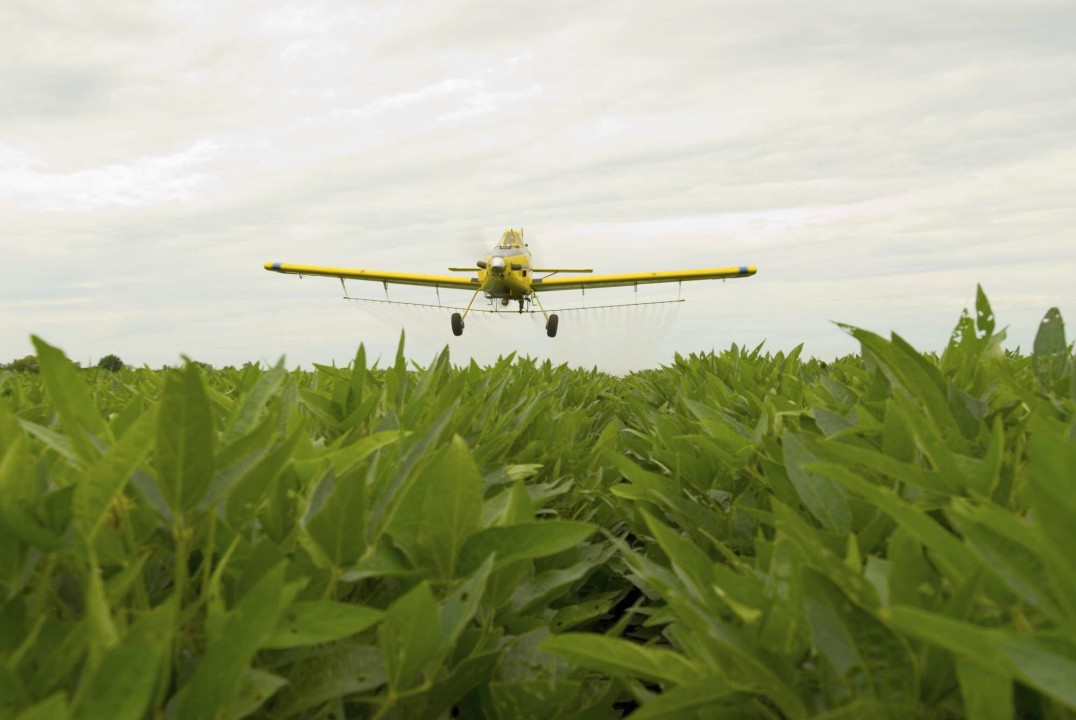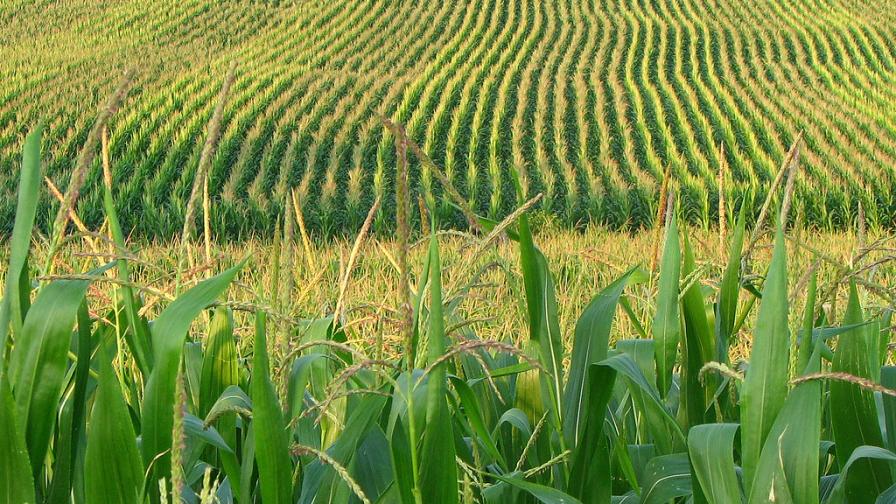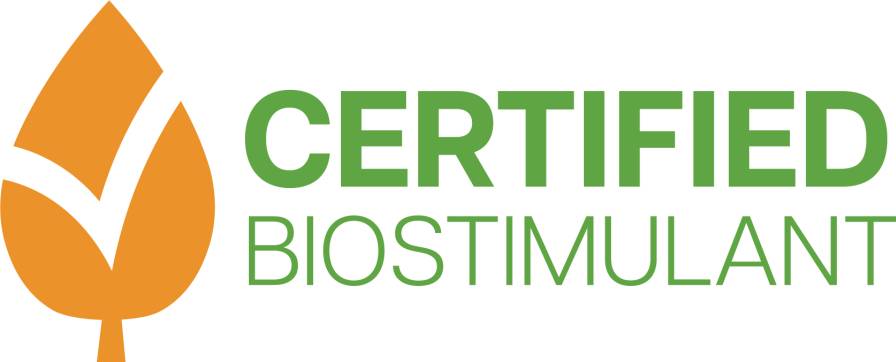A Renewed Urge To Merge
Ask anyone who regularly follows the agricultural market and chances are they will tell you the same thing — this a banner time. Crop prices are at or near record highs, equipment manufacturers are working overtime to keep up with demand and ag retailers had one of their best sales years in 2011, with revenue topping the $20 billion mark.
And it’s this last point that will likely mean 2012 will be a banner year for ag retailer consolidation. There have already been a slew of such transactions involving CropLife 100 retailers such as United Cooperative, Hamilton Farm Bureau and Ritter Crop Services. More are likely to come once the spring season settles down somewhat.
For me personally, I hate to see this happening. Inevitably, some of the good industry friends I’ve made these past dozen years will exit the market as a result of these business transactions. Other industry watchers feel the same. “This is a sad situation for the industry in my opinion,” wrote long-time industry watcher Ron Farrell in an e-mail to me discussing this trend.
Still, it is hardly surprising this “urge to merge” is happening now. During the past few years, ag retailers have largely been struggling to rebuild their sales volumes to the levels they experienced during the heydays of 2006 and 2007. This is when ethanol was becoming the new industry driver and crop prices and inputs/services demand were soaring as a result. When the bottom dropped out of this boom time during 2008, most retailers buckled down and went into survival mode, hoping to hold on to what business they could and build it back up gradually over the next few seasons.
Well, that time has arrived, and many ag retailers who weathered this storm probably realize their businesses today are worth as much as they ever will be. If they have considered exiting the market over the past couple of years, now will be the time to do so and get maximum value for their company.
What will be interesting to follow is just how quickly this consolidation picks up in 2012 compared to prior years, particularly when it comes to outlet closures. Between 2000 and today, roughly 1,900 outlets disappeared — an average of 158 per year. For comparison, the market I used to cover — soft drink bottlers — averaged 280 closures per year during this same period of time.
Another trend to watch as consolidation moves forward is how much of the total ag retail market ends up in the hands of a few large players. Right now, the top six companies (those with sales of more than $1 billion) control 28% of the outlets. The largest company, Agrium Retail, accounts for 10%. Again, looking at soft drink bottling for comparison, the three biggest players control 82% of the market, with the largest — Coca-Cola Enterprises — owning approximately 40% of the total.
Given these examples, it will probably be some time yet before ag retailer consolidation really ramps up.
But it inevitably will.






